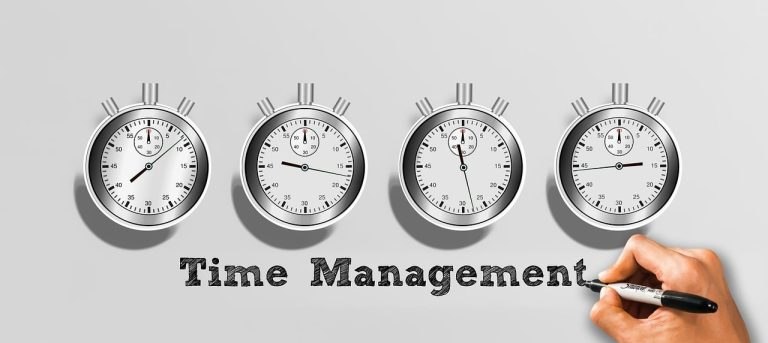The Pareto Principle, also known as the 80/20 rule, is a principle that states that 80% of effects come from 20% of causes. For businesses, the 80/20 rule can help free up time and energy, streamline operations, and increase profitability.
Why Do I Call the 80/20 Rule the 70/30 Rule?
Automating a mindset, behavior pattern, or process is often about simplification. Since the 70/30 rule is already used in marketing, finance, learning, training, time management, and many other areas, I’ve chosen—for simplicity’s sake—to adapt the Pareto Principle to a 70/30 version as well.

The Pareto Principle, or 80/20 rule, describes the common phenomenon that 80% of consequences in a given area come from 20% of the causes. The rule is named after the Italian economist Vilfredo Pareto, who in 1906 observed that 20% of Italy’s population owned 80% of the wealth.
In business theory, this phenomenon is used as a basis for pricing and market strategies—particularly when industry patterns suggest that 20% of customers account for 80% of revenue. By focusing efforts on the 20% of customers who generate the most revenue or profit, businesses can achieve the greatest financial gain.
Source: Wikipedia
How to Apply the 70/30 Rule:
- Identify Key Tasks
Determine which tasks or decisions have the potential to produce the most significant outcomes—whether related to revenue, efficiency, customer satisfaction, or other critical metrics.
- Allocate Resources Accordingly
Invest a significant portion of your time, energy, and resources (70%) into these high-impact tasks. These are the areas where you can make the biggest progress.
- Minimize Low-Impact Tasks
Reduce the time and resources spent on tasks that have lesser impact (30%). While these tasks may still be necessary, they shouldn’t receive a disproportionate amount of attention.
The key takeaway is that not all tasks or decisions are equally important. Some have a greater influence on your goals and outcomes than others. By prioritizing the top 30% of tasks that matter most, you can maximize your overall effectiveness and achieve better results with less effort.





